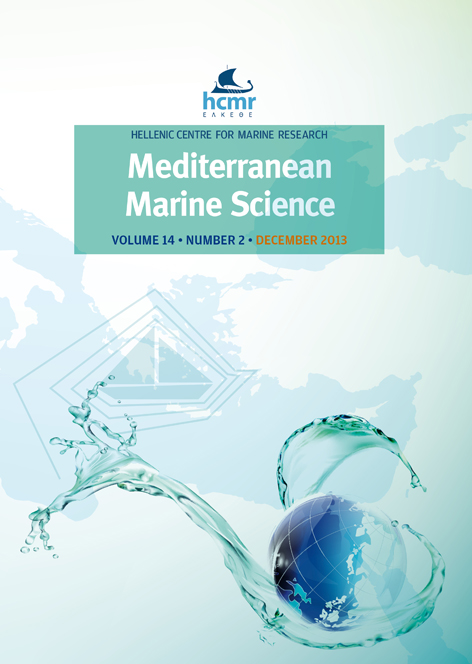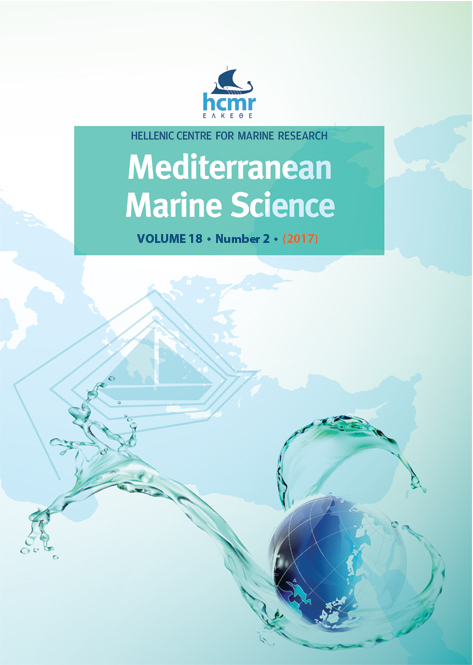From bonito to anchovy: a reconstruction of Turkey’s marine fisheries catches (1950-2010)
Аннотация
Turkey’s marine fisheries catches were estimated for the 1950-2010 time period using a reconstruction approach, which estimated all fisheries removals, including unreported landings, recreational landings and discards. We added these estimates to the ‘official’ data, as reported in TURKSTAT, which are also available from the United Nation’s Food and Agriculture Organization (FAO). The total reconstructed catch for the 1950-2010 time period (inclusive of the reported data) is approximately 32 million t, or 74% more than the 18.4 million t of reported data. This added approximately 13.6 million t to the reported data, consisting of 6.9 million t of unreported landings, 2.6 million t of discards, 2.4 million t of recreational catches, and 1.7 million t of subsistence catches. In 2010, total reported marine landings for Turkey were 445,680 t and the total reconstructed catch was 763,760 t, or 73% more than the reported data. The main unreported taxon by tonnage was European anchovy (Engraulis encrasicolus) due to its sheer high proportion of catch. The major reasons for underreporting include a general distrust fishers have towards the taxing system combined with inefficient fisheries monitoring and surveillance capabilities. Accounting for all fisheries components is crucial in understanding the development of fisheries resources, improving management, and reducing threats to the domestic food security of Turkey.
Article Details
- Как цитировать
-
ULMAN, A., BEKISOGLU, S., ZENGIN, M., KNUDSEN, S., UNAL, V., MATHEWS, C., HARPER, S., ZELLER, D., & PAULY, D. (2013). From bonito to anchovy: a reconstruction of Turkey’s marine fisheries catches (1950-2010). Mediterranean Marine Science, 14(2), 309–342. https://doi.org/10.12681/mms.414
- Выпуск
- Vol 14, No 2 (2013)
- Раздел
- Research Article
Authors who publish with this journal agree to the following terms:
- Authors retain copyright and grant the journal right of first publication with the work simultaneously licensed under a Creative Commons Attribution Non-Commercial License that allows others to share the work with an acknowledgement of the work's authorship and initial publication in this journal.
- Authors are able to enter into separate, additional contractual arrangements for the non-exclusive distribution of the journal's published version of the work (e.g. post it to an institutional repository or publish it in a book), with an acknowledgement of its initial publication in this journal.
- Authors are permitted and encouraged to post their work online (preferably in institutional repositories or on their website) prior to and during the submission process, as it can lead to productive exchanges, as well as earlier and greater citation of published work (See The Effect of Open Access).







